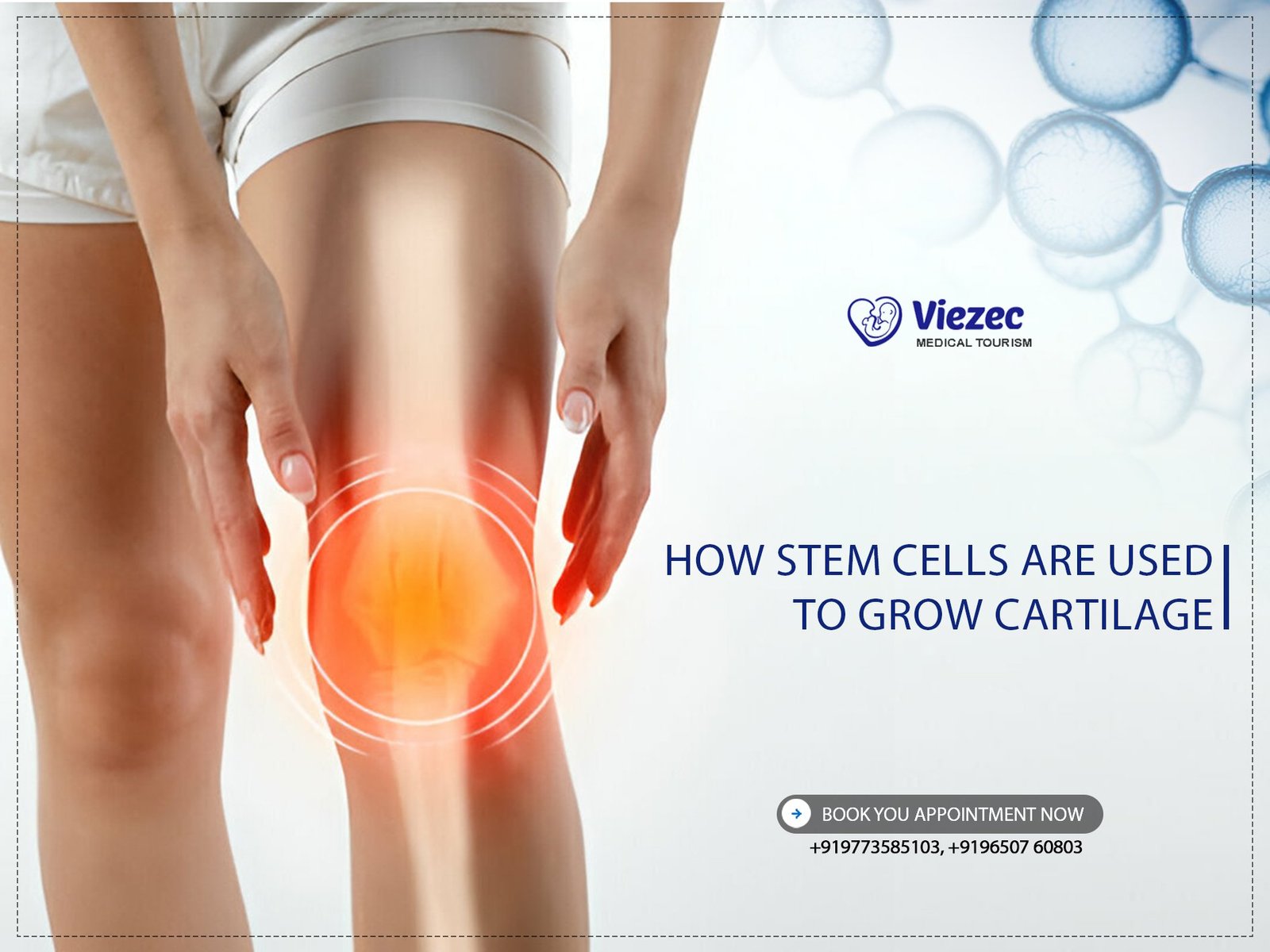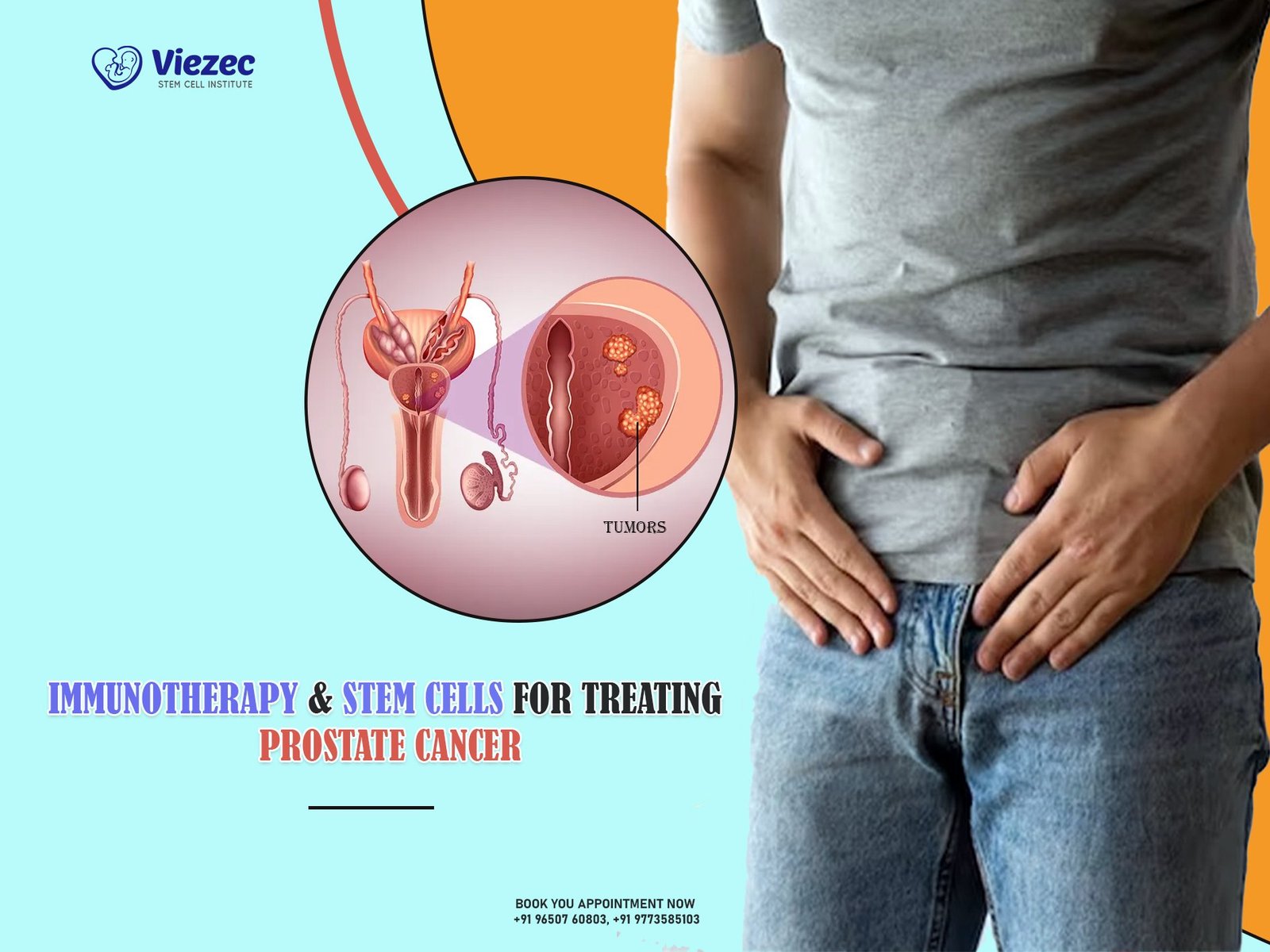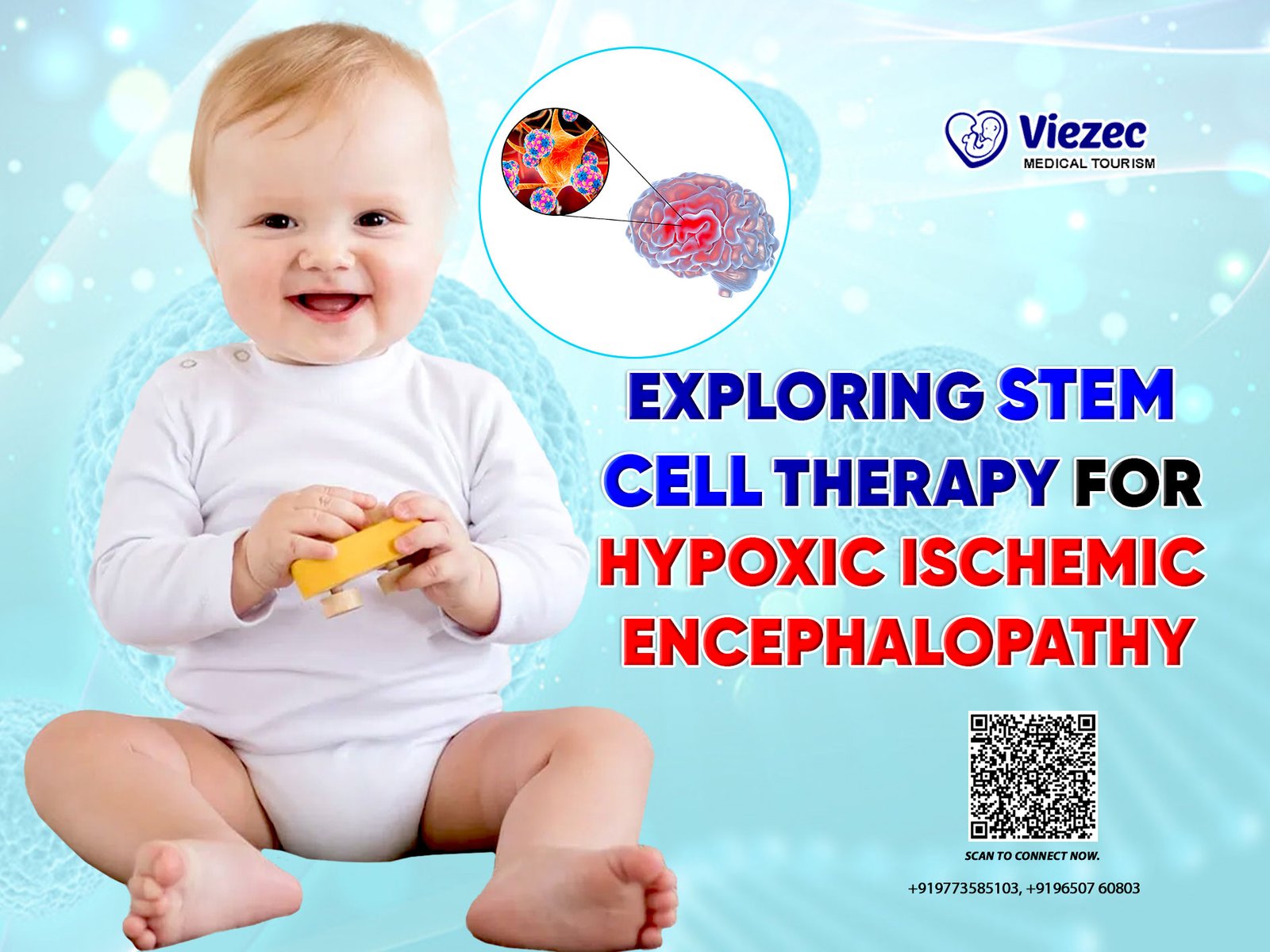In recent years, stem cell therapy has emerged as a promising avenue for treating various medical conditions, ranging from neurological disorders to orthopedic injuries. One area where stem cell therapy shows particular promise is in the treatment of slipped discs, also known as herniated discs. Slipped discs can cause immense pain and discomfort, often severely impacting an individual’s quality of life. Traditional treatments such as medication, physical therapy, and surgery have limitations and risks. However, stem cell therapy offers a novel approach that has the potential to revolutionize how we address slipped disc issues. This article explores the concept of stem cell therapy and its application as a game-changer in slipped disc treatment.
Understanding Slipped Discs
Before delving into stem cell therapy, it’s essential to grasp what a slipped disc entails. The spine is made up of a series of vertebrae stacked on top of one another, with intervertebral discs acting as cushions between them. These discs consist of a tough outer layer (annulus fibrosus) and a soft, gel-like inner core (nucleus pulposus). When the soft inner core protrudes through a tear in the outer layer, it results in a slipped disc, also known as a herniated or ruptured disc.
Causes and Symptoms
Several factors can contribute to the development of a slipped disc, including age-related wear and tear, improper lifting, repetitive strain, or sudden injury. Common symptoms of a slipped disc include localized or radiating pain, numbness or tingling sensations, muscle weakness, and difficulty moving or standing for extended periods.
Traditional Treatment Approaches
Traditionally, treatment options for slipped discs have primarily focused on managing symptoms and preventing further complications. These approaches may include:
Medication
Nonsteroidal anti-inflammatory drugs (NSAIDs), muscle relaxants, and pain relievers are commonly prescribed to alleviate pain and inflammation associated with slipped discs. However, long-term use of these medications may pose risks such as gastrointestinal issues or kidney problems.
Physical Therapy
Physical therapy aims to strengthen the muscles supporting the spine, improve flexibility, and alleviate pressure on the affected disc. While it can be beneficial for many patients, it may not provide significant relief for severe cases.
Surgery
In cases where conservative treatments fail to provide relief or if there’s significant nerve compression or loss of function, surgery may be recommended. Surgical procedures like discectomy or spinal fusion aim to remove the herniated portion of the disc or stabilize the spine. However, surgery carries inherent risks, including infection, blood clots, and complications associated with anesthesia.
The Promise of Stem Cell Therapy
Stem cells are undifferentiated cells capable of differentiating into various cell types and self-renewal. They hold immense potential for regenerative medicine due to their ability to repair and regenerate damaged tissues. In the context of slipped disc treatment, stem cell therapy offers several advantages over traditional approaches:
Regeneration of Disc Tissue
Stem cells can differentiate into nucleus pulposus-like cells, which are crucial for repairing damaged intervertebral discs. By injecting stem cells directly into the affected area, it’s possible to promote tissue regeneration and restore disc integrity.
Anti-inflammatory Properties
In addition to their regenerative capabilities, stem cells exhibit potent anti-inflammatory effects. Chronic inflammation plays a significant role in the progression of disc degeneration and associated symptoms. Stem cell therapy can help modulate the inflammatory response, reducing pain and promoting healing.
Minimally Invasive Procedure
Unlike traditional surgery, which often involves invasive procedures and lengthy recovery times, stem cell therapy for slipped discs can be performed using minimally invasive techniques. This reduces the risk of complications and accelerates the healing process, allowing patients to resume normal activities sooner.
Personalized Treatment Approach
Stem cell therapy can be tailored to suit the specific needs of each patient. By using the patient’s own stem cells (autologous therapy) or carefully selected donor cells (allogeneic therapy), clinicians can ensure compatibility and optimize treatment outcomes.
Potential to Prevent Degeneration
In addition to treating existing slipped discs, stem cell therapy holds the potential to prevent further degeneration and future disc herniation. By addressing underlying tissue damage and promoting regeneration, stem cell treatment may offer long-term benefits for spinal health.
Clinical Evidence and Success Stories
While stem cell therapy for slipped discs is still relatively new, there is growing evidence supporting its effectiveness. Numerous preclinical studies and clinical trials have demonstrated the safety and efficacy of stem cell-based approaches in promoting disc regeneration and alleviating symptoms. Additionally, many patients have reported significant improvements in pain levels, mobility, and overall quality of life following stem cell treatment.
Clinical Trials
Several clinical trials have been conducted to evaluate the safety and efficacy of stem cell therapy for slipped discs. These trials have shown promising results, with many participants experiencing pain relief and functional improvement. While larger, long-term studies are needed to establish the optimal protocols and assess the durability of treatment outcomes, initial findings are encouraging.
Patient Testimonials
Numerous individuals who have undergone stem cell therapy for slipped discs have shared their positive experiences. Many report a reduction in pain, increased mobility, and a decreased need for medication following treatment. While individual responses may vary, these testimonials underscore the potential of stem cell therapy to make a significant difference in the lives of those suffering from slipped disc-related issues.
Challenges and Future Directions
Despite its promise, stem cell therapy for slipped discs faces several challenges and considerations:
Standardization of Protocols
The lack of standardized protocols for stem cell isolation, preparation, and delivery poses a challenge to widespread adoption. Establishing guidelines and best practices will be essential for ensuring consistency and reproducibility across treatment centers.
Safety Concerns
While stem cell therapy is generally considered safe, there are potential risks associated with the procedure, such as infection, immune rejection, or tumor formation. Continued research and vigilance are necessary to mitigate these risks and ensure patient safety.
Cost and Accessibility
As with any advanced medical therapy, cost and accessibility can be barriers to widespread adoption. Stem cell therapy for slipped discs may not be covered by insurance, making it prohibitively expensive for some patients. Efforts to reduce costs and increase accessibility will be crucial for making this treatment option available to those in need.
Long-Term Outcomes
While short-term outcomes of stem cell therapy for slipped discs appear promising, the long-term durability of treatment effects remains uncertain. Continued follow-up and research are needed to assess the persistence of pain relief, functional improvement, and disc regeneration over time.
Game Changer Treatment
Stem cell therapy holds tremendous promise as a game-changer in the treatment of slipped discs. By harnessing the regenerative potential of stem cells, clinicians can address the underlying tissue damage and inflammation associated with disc herniation, offering patients a novel approach to pain relief and functional restoration. While challenges remain, ongoing research and clinical advancements continue to enhance our understanding of stem cell therapy and its applications in spinal care. With further innovation and collaboration, stem cell therapy has the potential to transform the landscape of slipped disc treatment, improving outcomes and quality of life for countless individuals worldwide.









